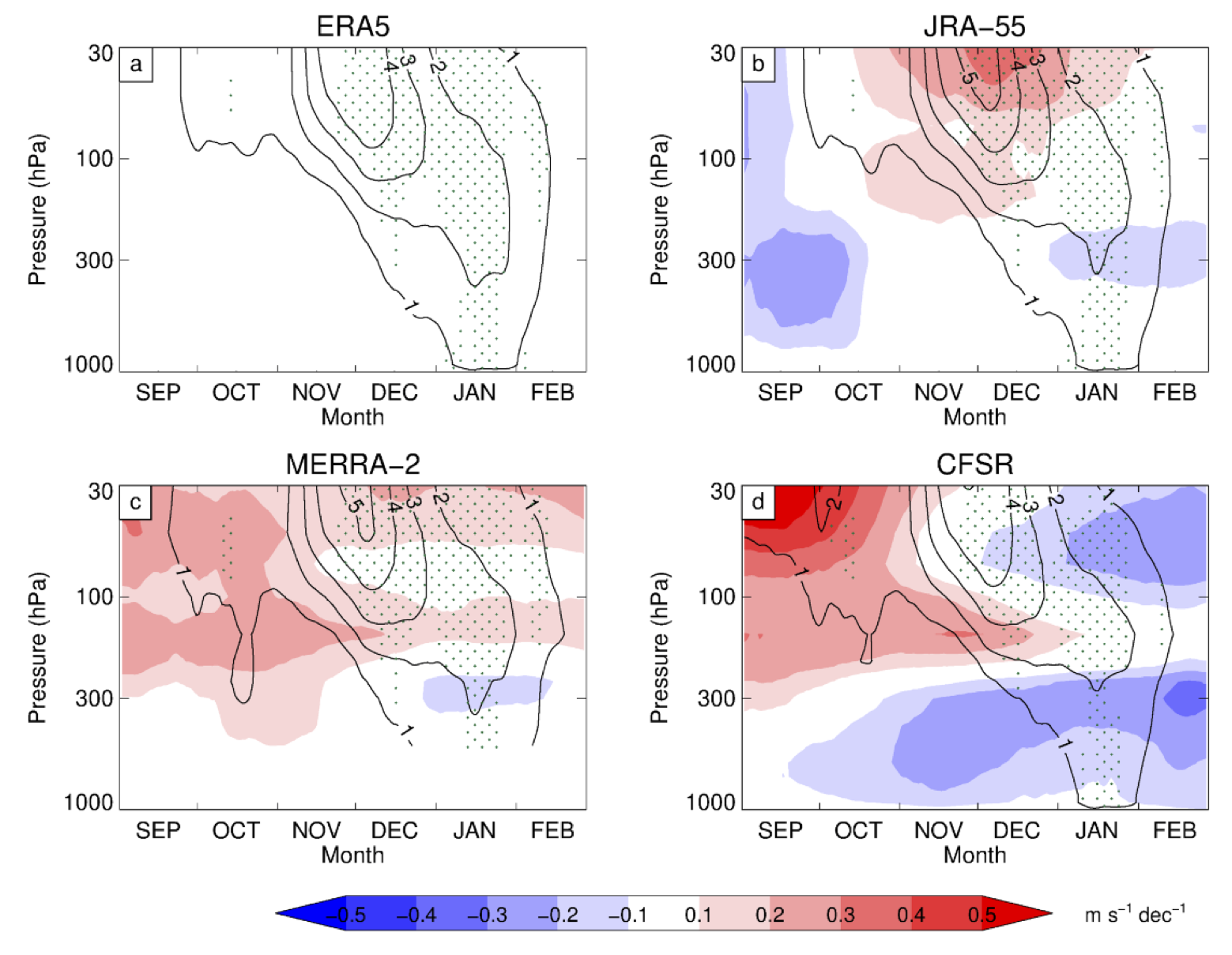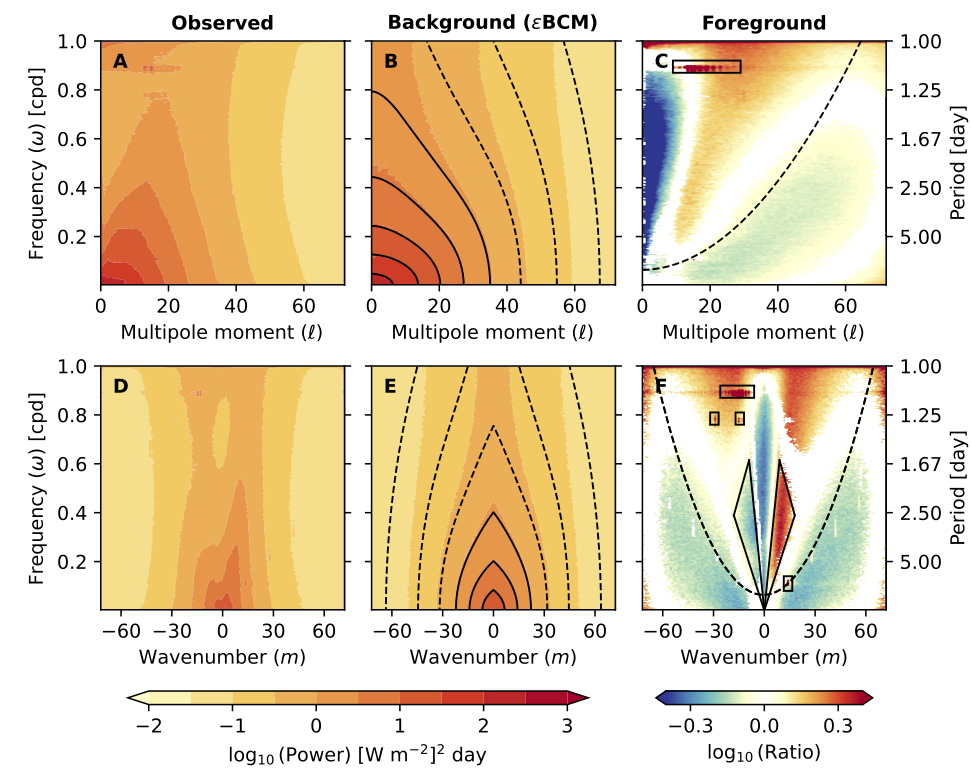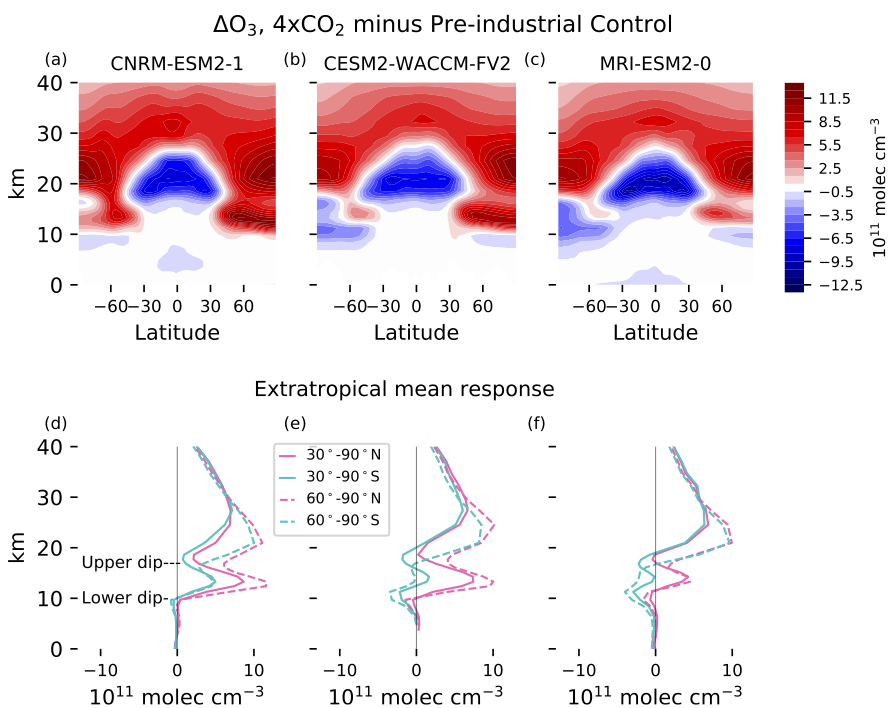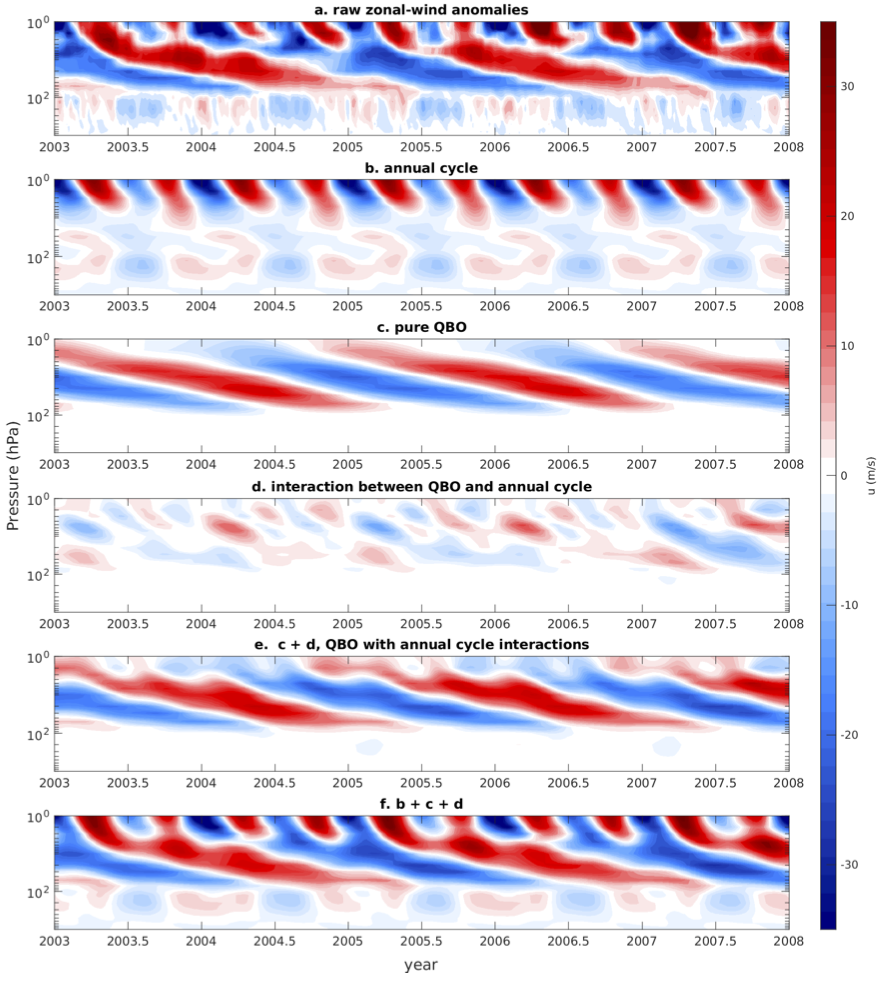How certain are we about the impact of stratospheric ozone loss on the atmospheric circulation?
Published:
Please see our on the impact of stratospheric ozone loss on the atmosphere across the latest reanalysis products, just accepted in Atmospheric Chemistry and Physics. 
This study, led by Andrew Orr at the British Antarctic Survey explores trends associated with the ozone hole in all of the modern “reanalysis products”. Reanalyses are our best guess estimate of the atmospheric state as a function of time. We must always be careful about trends in a reanalysis, as changes in the observing network can cause spurious signals. When new satellites or observational networks turn on or off, we suddenly have more (or less) information about our atmosphere. The atmosphere can appear to change, but it’s only because we’re now in a better position to see it (or we just lost our glasses, in the case of losing an observing system).
In this paper we show that the response of the atmosphere to ozone loss is remarkably consistent across several reanalyses, including dynamical (eddy) trends that are less directly observed. The internal consistency of the trends in the zonal mean circulation and the eddies, and the consistency of these trends between different reanalyses, gives us more confidence that we’re seeing the real impact of stratospheric ozone loss. Shaving cream, refridgerators, and other CFC sources really moved the jet stream in the Southern Hemisphere. And as a corollary the Montreal Protocol – an international agreement to phase out CFCs – prevented a great deal of further damage. We can protect our planet if we find both the way and the will.




